Table of Contents
Are you planning to fly soon and wondering if you can bring sharp objects in your carry-on luggage? Whether you’re a frequent flyer or a first-time traveler, it’s important to understand the TSA regulations to avoid any confusion and delays at the airport. In this article, we’ll answer the question “Are sharp objects allowed in carry-on luggage?” and provide you with all the essential information you need to know before packing your bags.
Sharp objects, such as knives, box cutters, and scissors, are generally prohibited in carry-on luggage. However, there are some exceptions depending on the length and type of the blade. It’s essential to know what items are allowed and what items are prohibited to avoid confiscation or worse, legal trouble. In this article, we’ll explore the TSA regulations about sharp objects in carry-on luggage, as well as other prohibited items and items allowed in carry-on luggage.
Now that you have a basic understanding of what to expect in this article, let’s dive into the details and answer the question “Are sharp objects allowed in carry-on luggage?” to ensure a smooth and hassle-free travel experience.
Understanding TSA Regulations About Are Sharp Objects Allowed in Carry-On Luggage?
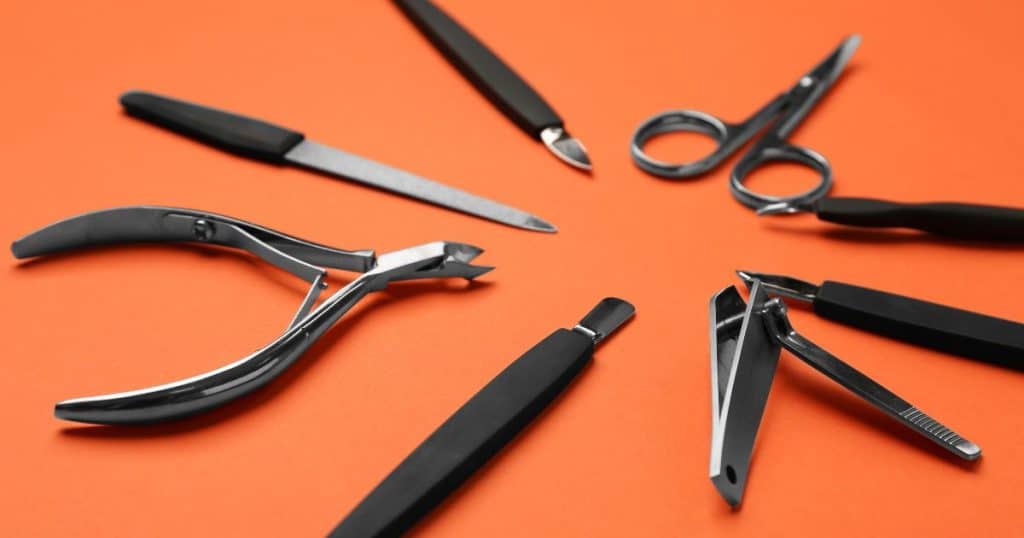
You’re at the airport, ready to board your flight, but you’re not sure if you can bring your favorite pocket knife in your carry-on luggage. You don’t want to risk losing it, but you also don’t want to go through the hassle of checking your bag. So, are sharp objects allowed in carry-on luggage?
Let’s take a closer look at the TSA regulations to find out.
The Transportation Security Administration (TSA) is responsible for ensuring the safety of all passengers and crew members on flights within the United States. As part of their security measures, the TSA has strict rules about what you can and cannot bring in your carry-on luggage.
According to the TSA, sharp objects, such as knives, scissors, and razor blades, are generally not allowed in carry-on luggage. However, there are some exceptions to this rule. For example, you can bring scissors less than 4 inches in length in your carry-on luggage.
If you’re unsure whether an item is allowed in your carry-on luggage, you can check the TSA’s website or use their “What Can I Bring?” tool. This tool allows you to search for specific items and see if they are allowed in your carry-on luggage, checked luggage, or not allowed at all.
It’s important to note that even if an item is generally permitted, it may still be subject to additional screening or not allowed through the checkpoint if it triggers an alarm during the screening process, appears to have been tampered with, or poses other security concerns. TSA officers have the final say on whether an item is allowed in your carry-on luggage or not.
In summary, while sharp objects are generally not allowed in carry-on luggage, there are some exceptions to this rule. It’s always best to check the TSA’s website or use their “What Can I Bring?” tool to make sure you’re not bringing any prohibited items with you to the airport.
Sharp Objects in Carry-On Luggage
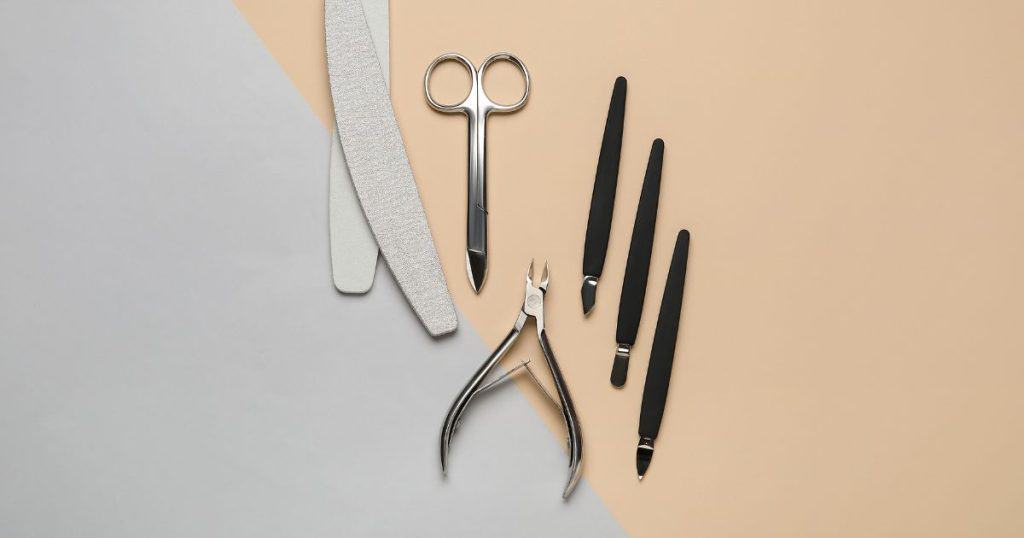
You’re excitedly packing your bags for your upcoming trip, but you’re wondering if you can bring your favorite pair of scissors or your trusty Swiss Army knife in your carry-on luggage. After all, you never know when you might need them, right?
Well, before you throw those sharp objects in your bag, let’s take a closer look at the rules and regulations surrounding sharp objects in carry-on luggage.
First and foremost, the Transportation Security Administration (TSA) has strict guidelines on what can and cannot be brought on board. Sharp objects such as knives, scissors, and circular thread cutters are generally prohibited in carry-on bags. However, scissors less than 4 inches in length may be allowed in your carry-on luggage.
It’s important to note that even if your sharp object is allowed in your carry-on, it must be sheathed or securely wrapped to prevent injury to yourself and others. Additionally, crampons, swords, throwing stars, and razor blades are strictly prohibited in both carry-on and checked bags.
Now, you may be wondering why these rules are in place. Well, the TSA’s main priority is to ensure the safety and security of all passengers on board. Sharp objects can potentially be used as weapons, which is why they are heavily regulated.
But don’t worry, if you find yourself needing a pair of scissors or tweezers during your flight, you can always pack them in your checked luggage. Just make sure to follow the TSA’s guidelines and pack any sharp objects in a secure and safe manner.
In summary, while it may be tempting to bring your favorite sharp objects on board, it’s important to follow the TSA’s guidelines and regulations to ensure a safe and enjoyable flight for all passengers. Remember to pack any sharp objects in your checked luggage and always sheathe or securely wrap them to prevent injury.
Are you planning a trip and wondering what you can and cannot bring in your carry-on luggage? You’re not alone! One of the most common questions travelers have is whether sharp objects are allowed in carry-on luggage. While it’s true that some sharp objects are permitted, others are not. It’s important to know what is and isn’t allowed to avoid any issues at security checkpoints.
In addition to sharp objects, there are many other prohibited items that you cannot bring in your carry-on luggage. These include items like axes, box cutters, cigar cutters, corkscrews, crochet hooks, darts, disposable razors, ice axes, ice picks, knitting needles, kirpans, cutting or thrusting weapons, fencing foils, round-bladed butter knives, multi-tools, aerosol insecticide, air mattresses with built-in pump, alcoholic beverages, ammunition, antlers, arc lighters, plasma lighters, electronic lighters, e-lighters, hatchets, meat cleavers, nail clippers, and pencil sharpeners.
While some of these items may seem harmless, they are still prohibited for safety reasons. For example, aerosol insecticides are not allowed in carry-on luggage because they are considered hazardous materials. Alcoholic beverages are also prohibited in carry-on luggage unless they are in containers that are 3.4 ounces or less and placed in a quart-sized bag. And while nail clippers and pencil sharpeners may seem like harmless everyday items, they are still considered sharp objects and are not allowed in carry-on luggage.
It’s important to note that just because an item is allowed in your checked luggage doesn’t mean it’s allowed in your carry-on luggage. For example, you can bring a meat cleaver in your checked luggage, but not in your carry-on luggage. The same goes for other sharp objects like axes and hatchets.
In summary, there are many items that are prohibited in carry-on luggage, including sharp objects like knives, axes, and ice picks, as well as other items like aerosol insecticides and alcoholic beverages. It’s important to check the TSA website before you pack to ensure that you’re not bringing any prohibited items in your carry-on luggage. By doing so, you can avoid any delays or issues at security checkpoints and enjoy a stress-free travel experience.
Are you planning a trip and wondering what you can pack in your carry-on luggage? It’s important to know what items are allowed so you can pack them efficiently and avoid any hassle at the airport. In this section, we’ll cover the items that are allowed in your carry-on bags.
First and foremost, it’s important to note that sharp objects are generally not allowed in your carry-on luggage. This includes items like butter knives, picks, and anything with a blade. However, there are some exceptions to this rule. For example, disposable razors and safety razors with removable blades are allowed in your carry-on bags.
When it comes to electronic devices, you can bring them in your carry-on luggage, but there are some restrictions. Lithium metal and lithium-ion batteries are allowed in your carry-on bags, but there are limits to the amount of these batteries you can bring. Consumer devices like cell phones and laptops are allowed, but larger electronic devices with heating elements like cordless curling irons are not.
Powder-like substances are allowed in your carry-on luggage, but there are some restrictions. Non-essential powders like baby powder and makeup must be in containers that are 12 ounces or less. Essential powders like prescription medication and baby formula are allowed in larger quantities.
Aerosols like bug repellent and insect repellents are allowed in your carry-on bags, but they must be in containers that are 3.4 ounces or less. Insecticides are not allowed in your carry-on luggage.
If you’re traveling with an air mattress with a built-in pump, it’s allowed in your carry-on bags. Gas cartridges and refills are not allowed in your carry-on luggage, but they are allowed in your checked baggage.
Overall, it’s important to check the TSA website for the most up-to-date information on what items are allowed in your carry-on luggage. By packing smart and following the rules, you can ensure a stress-free travel experience.
Regulations for Checked Baggage
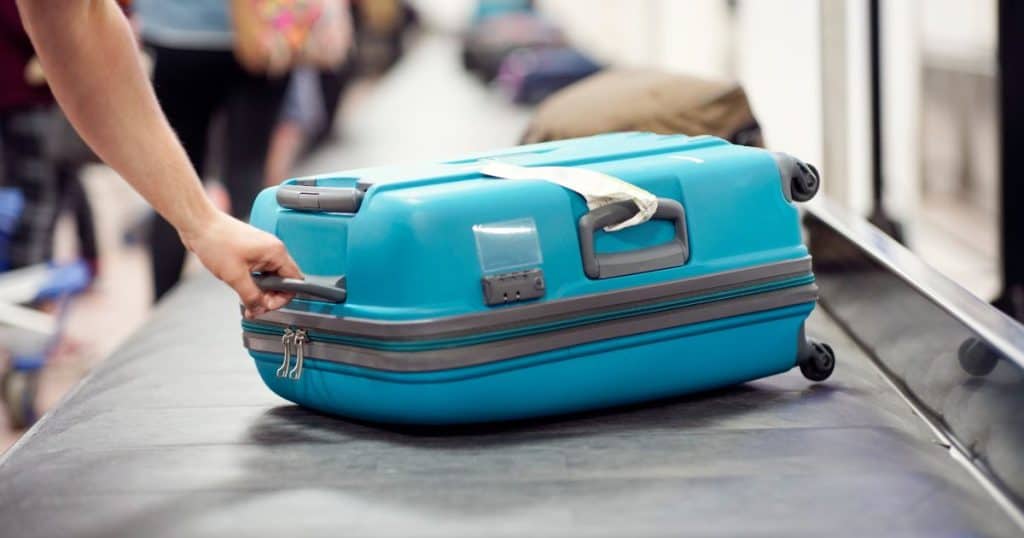
When traveling, you want to make sure that you pack everything you need for your trip. However, you also want to make sure that you are following all the rules and regulations set forth by the Transportation Security Administration (TSA) to ensure a safe and secure flight.
If you have sharp objects that you want to bring with you, you may be wondering if they are allowed in your checked baggage. The answer is yes, but there are some regulations that you need to be aware of.
First and foremost, any sharp objects that you pack in your checked baggage must be securely wrapped to prevent injury to inspectors and baggage handlers. This means that you should use materials such as fiber, wood, or metal boxes to encase your sharp objects.
It is important to note that firearms and small arms ammunition are not allowed in checked baggage. Additionally, hazardous materials such as explosives, compressed gases, and flammable liquids are also not allowed.
When packing your sharp objects, it is important to review the FAA regulations regarding hazardous materials to ensure that you are not packing anything that could be considered dangerous.
In conclusion, while sharp objects are allowed in checked baggage, it is important to follow the regulations set forth by the TSA to ensure a safe and secure flight. Make sure to securely wrap your sharp objects and avoid packing any hazardous materials or firearms.
Additional Screening and Inspection
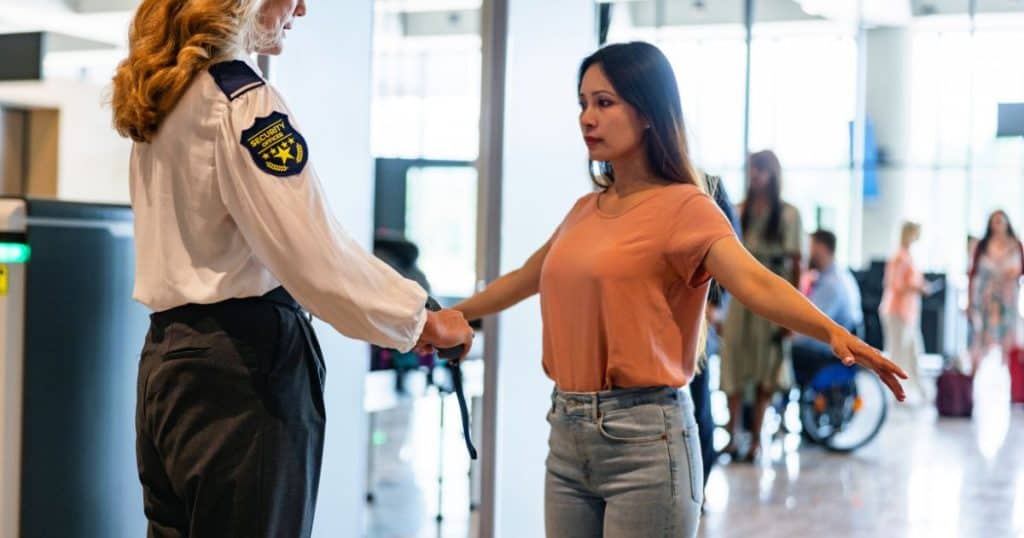
You’re at the airport, ready to board your flight, and you’re wondering if the sharp object you packed in your carry-on luggage is allowed. Well, the answer is not that simple. Even if an item is generally permitted, it may be subject to additional screening or not allowed through the checkpoint if it triggers an alarm during the screening process, appears to have been tampered with, or poses other security concerns.
TSA officers use X-ray screening to inspect carry-on luggage for prohibited items, including sharp objects. If a sharp object is detected, the TSA officer may need to inspect the item further. This could include opening the bag and physically inspecting the item or using a swab to test for explosive residue.
In some cases, TSA inspectors may also be called to further inspect the item. This could include taking the item out of the bag and inspecting it more closely or even using a metal detector to scan the item.
It’s important to note that flight attendants are also trained to identify prohibited items, including sharp objects. If a flight attendant notices a prohibited item, they may notify the captain, who will then contact the TSA.
If you’re traveling while intoxicated, it’s important to note that the TSA may deny you entry through security, even if you have a valid boarding pass. It’s always best to travel sober and avoid any potential issues.
In summary, while sharp objects are generally prohibited in carry-on luggage, there are some exceptions. If you do pack a sharp object in your carry-on, be prepared for additional screening and inspection. It’s always best to pack sharp objects in your checked luggage to avoid any potential issues.
FAQs
What items are prohibited in carry-on luggage?
When packing for a trip, it’s important to know what items are prohibited in carry-on luggage. Some common items that are not allowed in carry-on luggage include firearms, explosives, flammable liquids, and aerosols. Other items that are prohibited include tools, self-defense items, and certain sports equipment. It’s important to check with the TSA website to ensure that you are not packing any prohibited items in your carry-on luggage.
What are the TSA regulations for sharp objects in carry-on luggage?
The TSA has strict regulations regarding sharp objects in carry-on luggage. Generally, sharp objects such as knives, box cutters, and scissors are not allowed in carry-on luggage. However, there are some exceptions. For example, scissors with blades less than 4 inches long are allowed in carry-on luggage. It’s important to check the TSA website for the most up-to-date regulations regarding sharp objects in carry-on luggage.
Can I bring scissors in my carry-on luggage?
Yes, you can bring scissors in your carry-on luggage, but there are some restrictions. Scissors with blades less than 4 inches long are allowed in carry-on luggage, while scissors with longer blades must be packed in checked luggage. It’s important to note that the TSA may still confiscate scissors if they are deemed a security risk.
Are razors allowed in carry-on luggage?
Disposable razors and electric razors are allowed in carry-on luggage, while safety razors and razor blades must be packed in checked luggage. It’s important to note that the TSA may still confiscate razors if they are deemed a security risk.
What is the size limit for carry-on luggage?
The size limit for carry-on luggage varies depending on the airline. However, most airlines have a limit of 22 inches x 14 inches x 9 inches. It’s important to check with your airline to ensure that your carry-on luggage meets their size requirements.
Can I bring a corkscrew in my carry-on luggage?
Yes, you can bring a corkscrew in your carry-on luggage. However, it must be a standard corkscrew with a small blade for cutting foil. Corkscrews with longer blades must be packed in checked luggage.

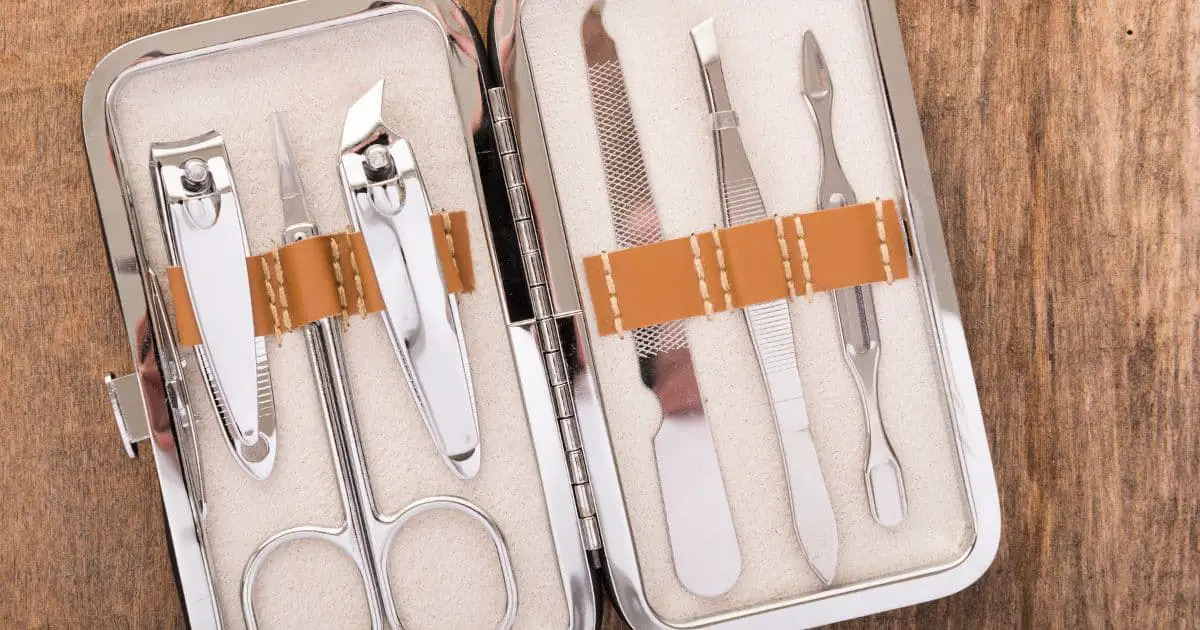
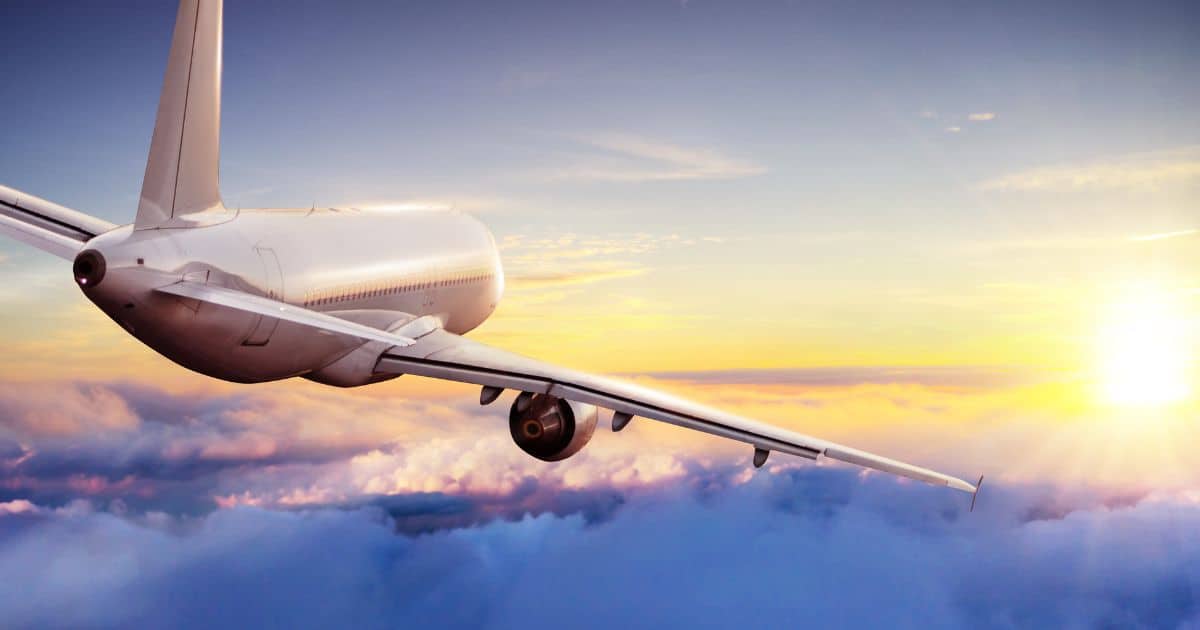
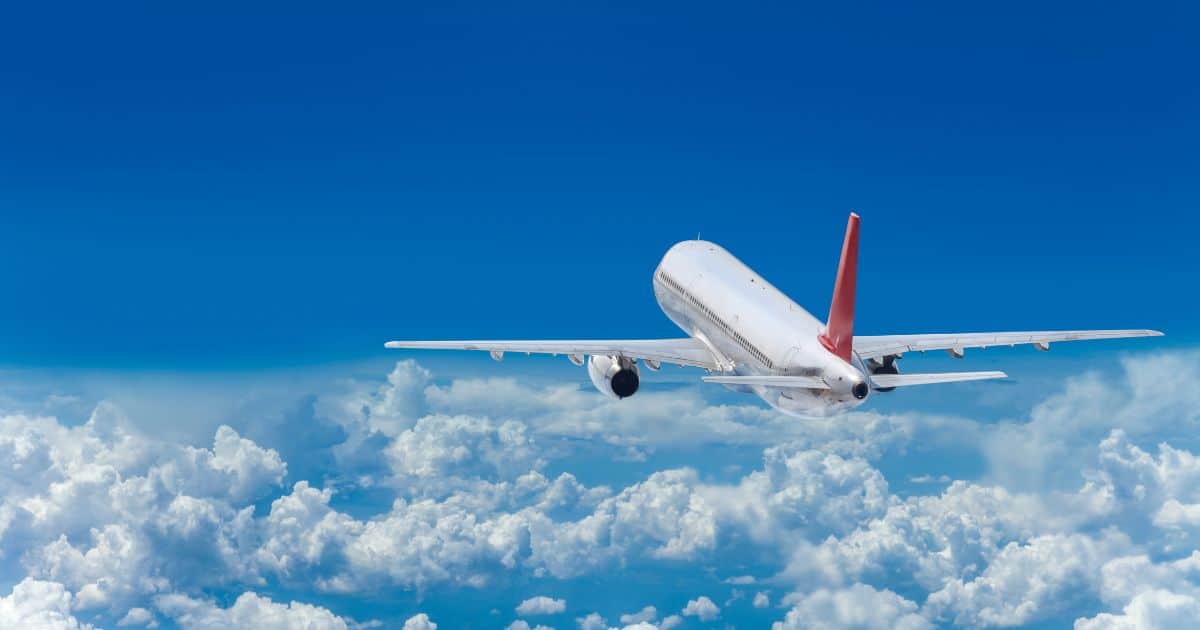
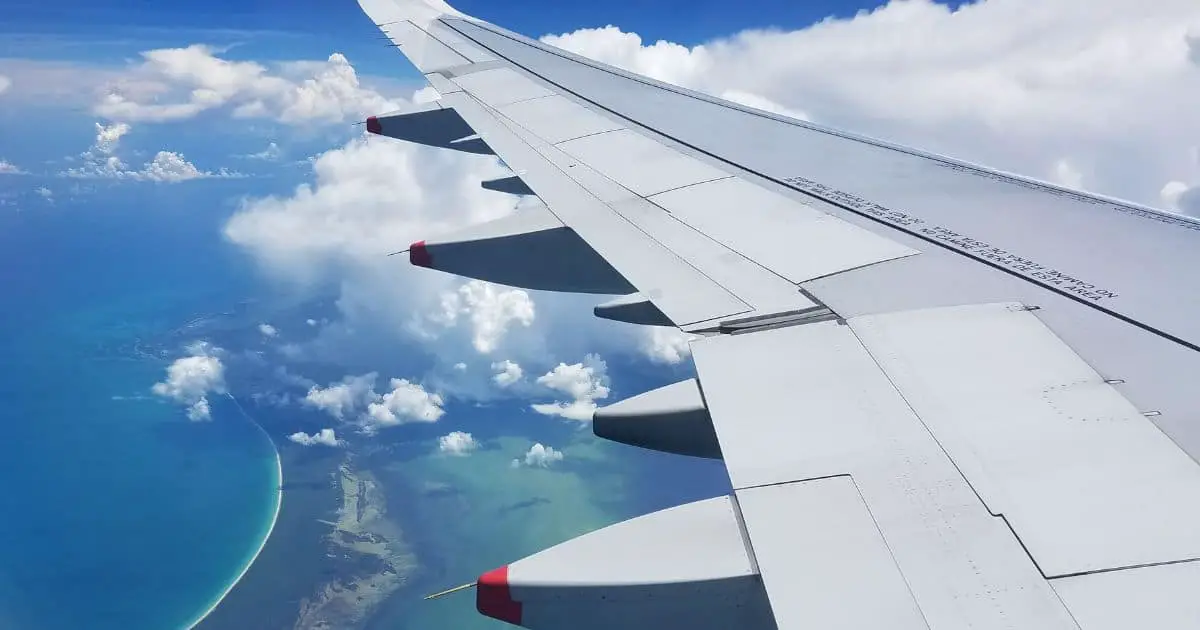
Leave a Reply